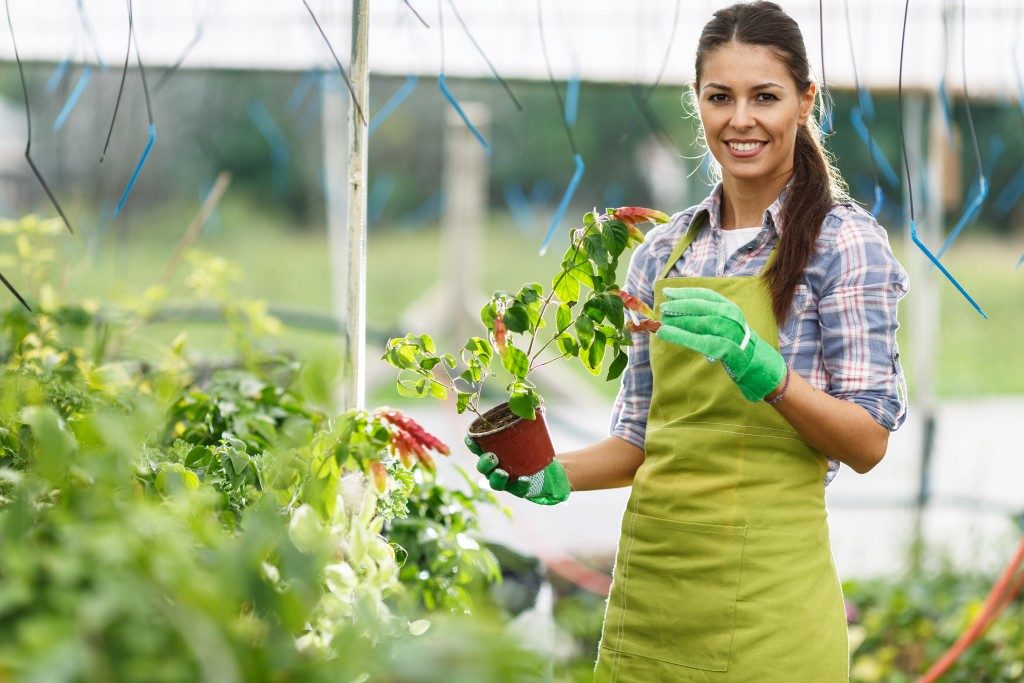Different plants have different needs. Some need heat to thrive while others tend to wither in the hot summer. Building your greenhouse to meet the needs of every plant may look impossible, but you can make a few adjustments that can increase or drop the temperature.
Keeping it Cool
1. Ventilation
A little circulation can prevent your greenhouse from becoming a veritable oven. A few open windows and vents should be enough to allow air in and out of your greenhouse, keeping it cool during the summer. Of course, you will need to make sure bugs won’t be coming in, so install a few screens on the windows, as well. Venting can be a bit troublesome, as you’ll need to open and shut your greenhouse windows a few times during the day.
2. Window Shades
Probably the easiest way to regulate heat in a greenhouse is by using window shades. Horticultural shades can limit the amount of sunlight and heat that enter your greenhouse. You’ll only need to install them once, make a few adjustments, and leave them up until the summer is over. Window shades for greenhouses allow you to build a good environment for peppers, watermelons, tomatoes, sunflowers, or marigolds. You can always use shades to reduce the heat when planting regular crops.
3. A Pond
Water is a great heat sink, and a small pond inside your greenhouse can be good for your plants. Ponds are great for elevated locations (any place above 2,000 feet) as air can be thinner and drier. But if your location is a bit humid, it’s better to damp your greenhouse with water periodically.
Warming it Up

1. Insulation
Greenhouses are meant to absorb and retain heat. But sometimes, extra insulation is needed, especially during the winters. You can use horticultural bubble wrap to hold back the cold and insulate the whole north face of your greenhouse (because sunlight won’t be passing there). This way, you can place your more sensitive plants in that area.
2. Polycarbonate Sheets
A more permanent insulation solution is switching to polycarbonate sheets. Polycarbonate sheets absorb and retain heat better than glass. They also diffuse sunlight, spreading it evenly around your greenhouse. You won’t have to arrange your plants in order, and your crops will have more uniform growth. Replacing the glass sheets in your greenhouse shouldn’t be a problem. Polycarbonate sheets are easy to use, and removing the glass sheets should be the most difficult task.
3. Stored Heat
Make full use of the sun’s heat by using dark plastic containers filled with water. Black plastic barrels will absorb the sun’s heat, warming the water inside. Water can retain heat for longer periods, and your barrels of water will act as hotspots that prevent your greenhouse from cooling too fast. Make sure the containers are sealed to prevent insects from spawning and maintain your greenhouse humidity levels.
Whether you are planting heat-loving crops or heat-sensitive flowers, you can make a few tweaks to give your greenhouse ideal temperatures all-year-round.

